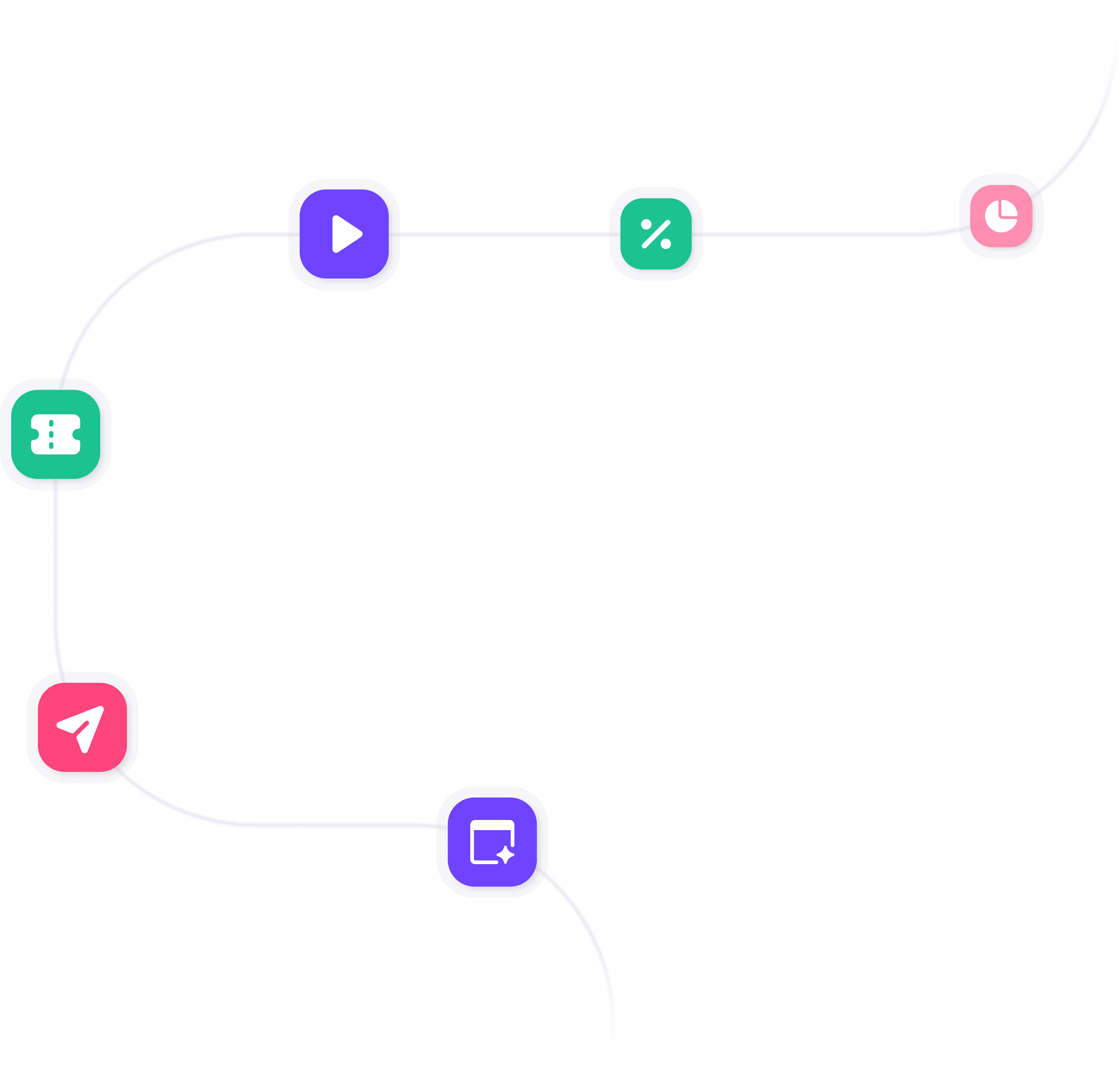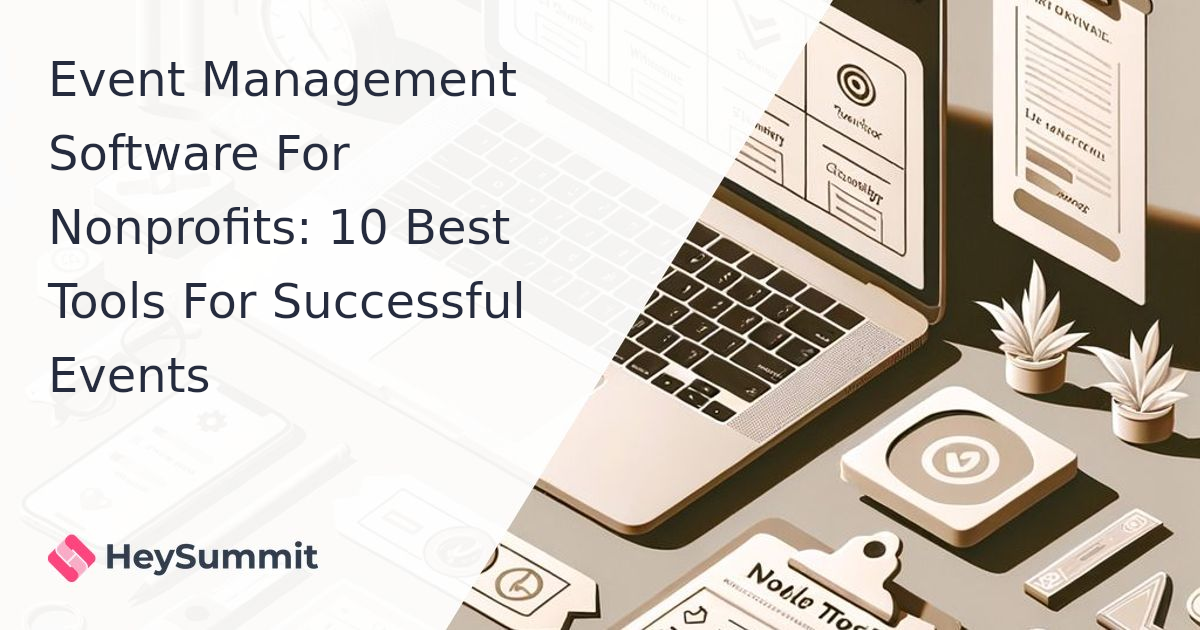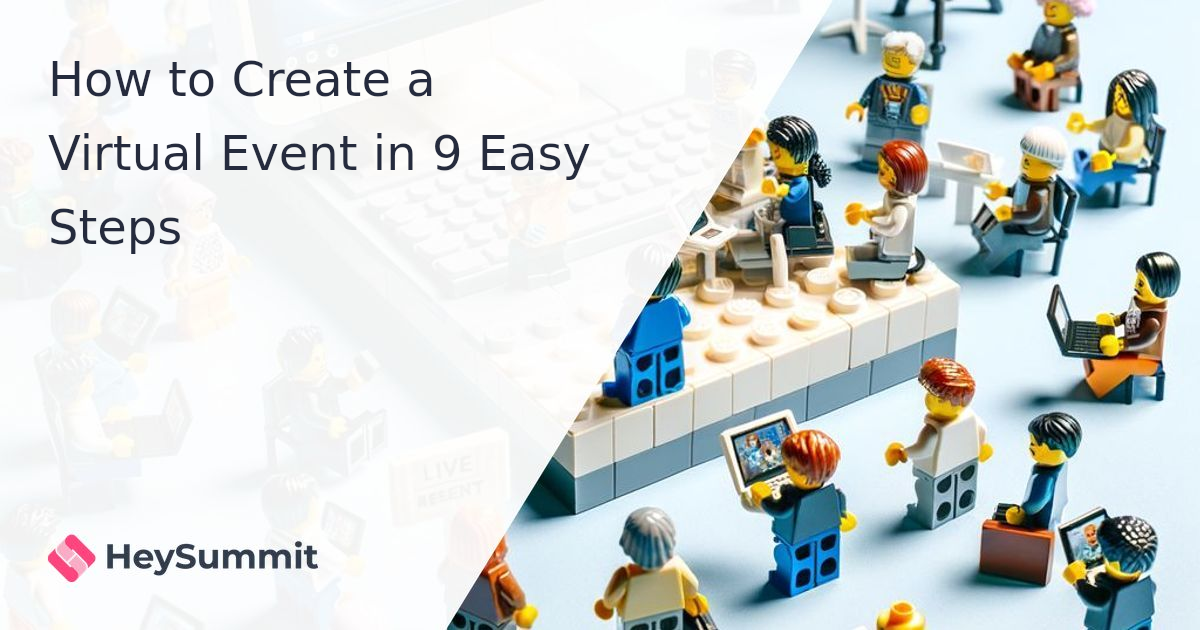Audience Segmentation
Effective audience segmentation helps you understand how to tailor your event strategy to appeal to different demographics, leading to improved turnouts and conversions.


In the event industry, Audience Segmentation is an essential strategy that entails dividing your event audience into various subgroups based on shared characteristics like demographic, psychographic, behavioural, and geographical factors. This strategic differentiation aids in customising your event experiences to cater to the unique preferences of each group, thereby optimizing attendee engagement and satisfaction.
Benefits of Audience Segmentation
Audience segmentation facilitates personalised communications, enhances customer engagement, enables accurate tracking and analysis of marketing effectiveness, and boosts ticket sales and conversions. It provides key insights to fine-tune event strategies for better attendee experiences.
Incorporating a virtual event platform can further enhance your segmentation efforts by providing data-driven insights and tools to reach different audience segments effectively.
Common Problems and Solutions
A common challenge in audience segmentation is ensuring data accuracy. The solution lies in using reliable data sources and periodic data hygiene practices. Another issue is under-segmentation or over-segmentation which can be avoided by maintaining a balanced segmentation approach.
Utilizing Technology for Segmentation
Leveraging technology such as a hybrid event platform can provide valuable data analytics and reporting features that help in effective audience segmentation. Such platforms offer tools to engage both in-person and virtual attendees, maximizing reach and personalization.
Best Practices
- Deeply understand your audience's needs and preferences. Use surveys or feedback forms to gather this data.
- Employ a diverse range of segmentation criteria. Don't restrict to demographics only, explore psychographics, behavioural patterns, etc.
- Maintain accurate and updated data. Outdated data can lead to misguided strategies.
- Avoid over-segmentation. While personalization is good, creating too many segments can dilute your messaging and confuse your audience.
- Utilize technology platforms for better data collection and analysis to refine your segmentation strategy.
Key Takeaways
- Audience segmentation helps personalize your event strategy effectively.
- Various segmentation criteria include demographic, psychographic, behavioral, and geographical factors.
- Effective segmentation improves engagement, conversions, and overall attendee experience.
- Challenge of data accuracy can be overcome with reliable data sources and data hygiene.
- Technology platforms can aid in gathering and analyzing audience data efficiently.
Frequently Asked Questions
Related Blog Posts
Learn more about this term and how it can help you grow your business.
Loading feed...


